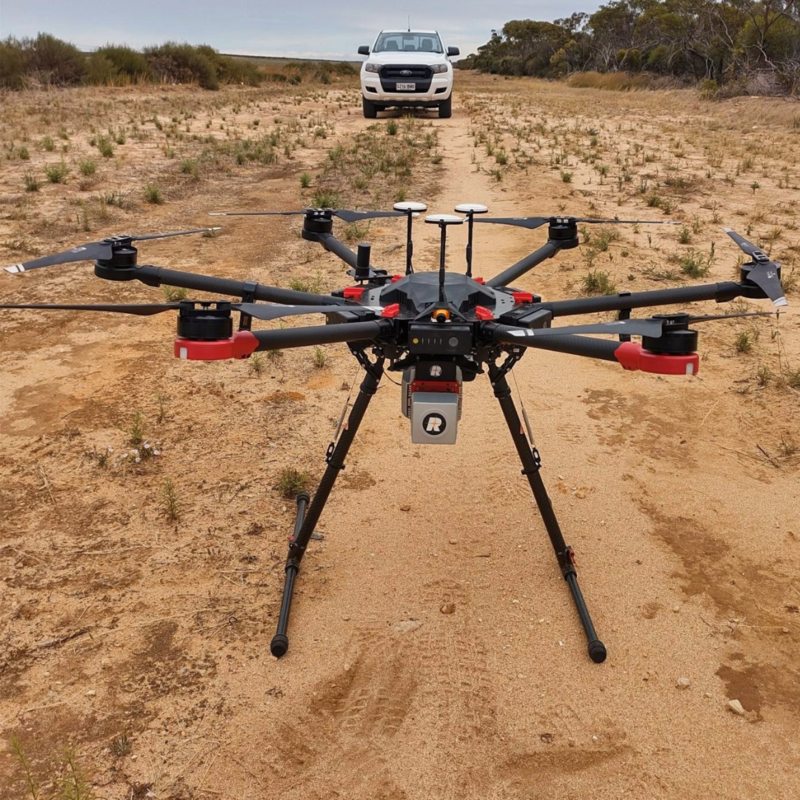Challenge
Locals in South Australia complained about the growing population of feral cats harming native wildlife.
Solution
Over 6 months, the Environment team succesfully tagged and removed dozens feral cats in a safe, and unbotrusive manner.
Impact
The community is happy that the beloved native wildlife and vulnerable species is taken care of and conservation is taken seriously.
Controlling feral animal populations
Regional Manager Environmental Services for South Australia, Giles Standish, has implemented the use of feral animal control units in South Australia.
Giles says the cats have spread from metro areas into more rural communities where there's a plentiful food source for them - native wildlife.
Over a six-month period so far, these units have tagged and removed dozens of feral cats from the population in areas where Giles and his team have identified the habitats of vulnerable species.
"Feral cats are the number one target in Australia due to their impact on threatened species," Giles explains. "The Defence bases we support are home to fauna such as Grass Wrens, Malleefowl and Spotted Nightjar, which are a popular food source for the cats."
The Felixer Feral Animal Control Units are low impact, unobtrusive, require minimal human intervention and importantly are targeted at specific populations.
"Use of these units is safer than baits, which have traditionally been used to control feral animals like cats and foxes," Giles explains. "The algorithm built into the units measures things like the distance between front and back legs to ensure they only target specific animals - in this case, feral cats."
Giles and his team undertake regular surveys to determine the population of endangered species and have recorded a number of ground-dwelling animals not previously noted on site. This includes Knob-tailed Geckos, Shingleback Lizards, Gibber Dragons, Sand Goanna, White-winged Wrens and Cinnamon Quail-thrush.
One of the important benefits of the removal of feral animals at these sites is that it gives native species a chance to regenerate, Giles says. We've seen an increase in populations of the Southern Boobook and Tawny Frogmouth in Woomera, for example
Giles' qualifications in environmental management and horticulture, combined with his experience working in industries such as mining, rail and Defence position him well for the complex and wide-ranging role he now holds within Ventia. From managing sustainability to biodiversity, water management, feral animal and weed management, no day is the same.
"I really enjoy getting out into parts of the country that many other Australians will never see," he says. "I also love that my job is helping make a difference. Some of what we do won't have immediate benefits, but in five- or 10-years' time we'll see the positive impact of the initiatives we're putting in place today. That's what keeps me inspired."
"It's not just about maintaining the sites we look after, but about finding ways to improve," Giles says.
For more information on how we utilise drone technology at on our Defence contracts and across Ventia, click here.

